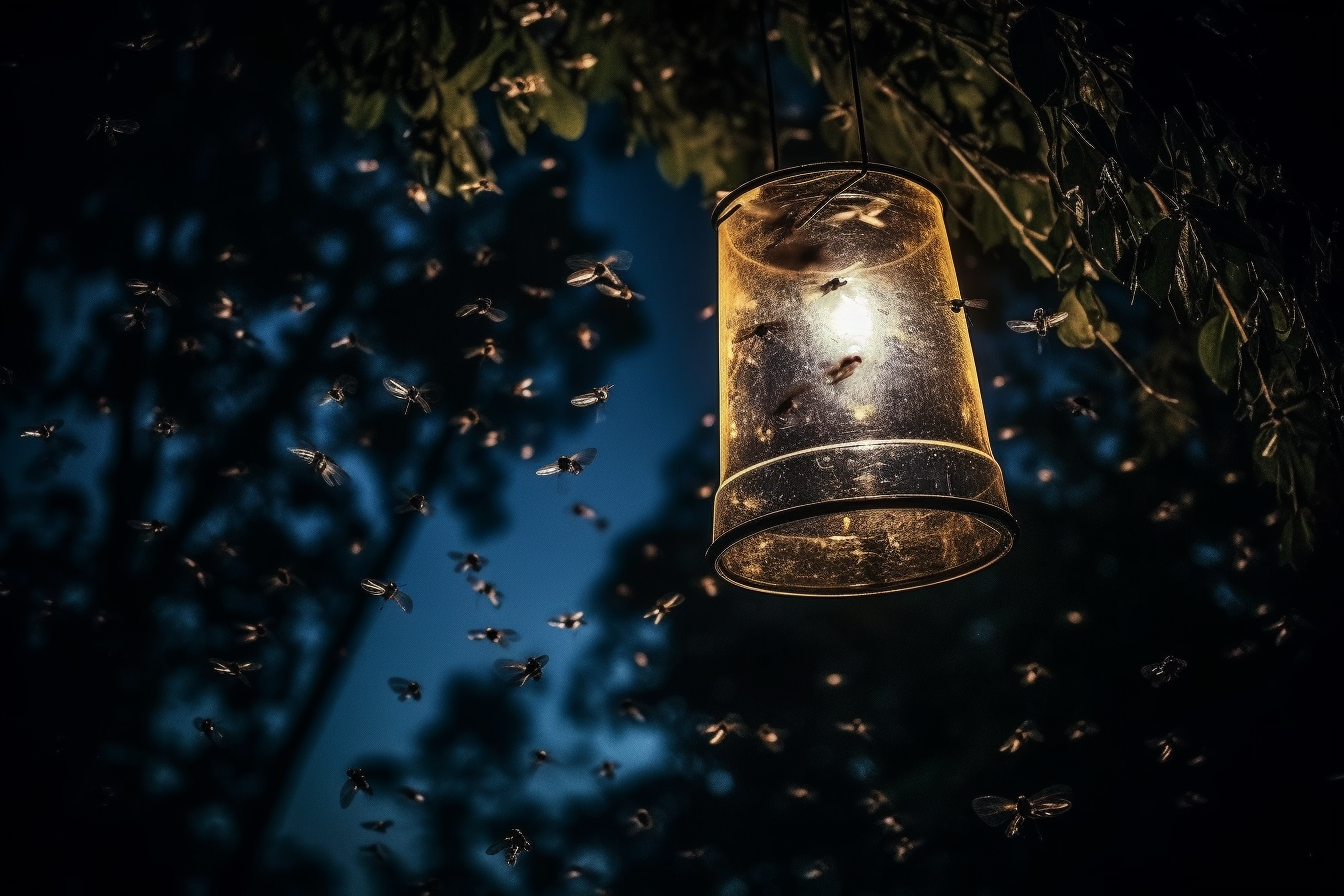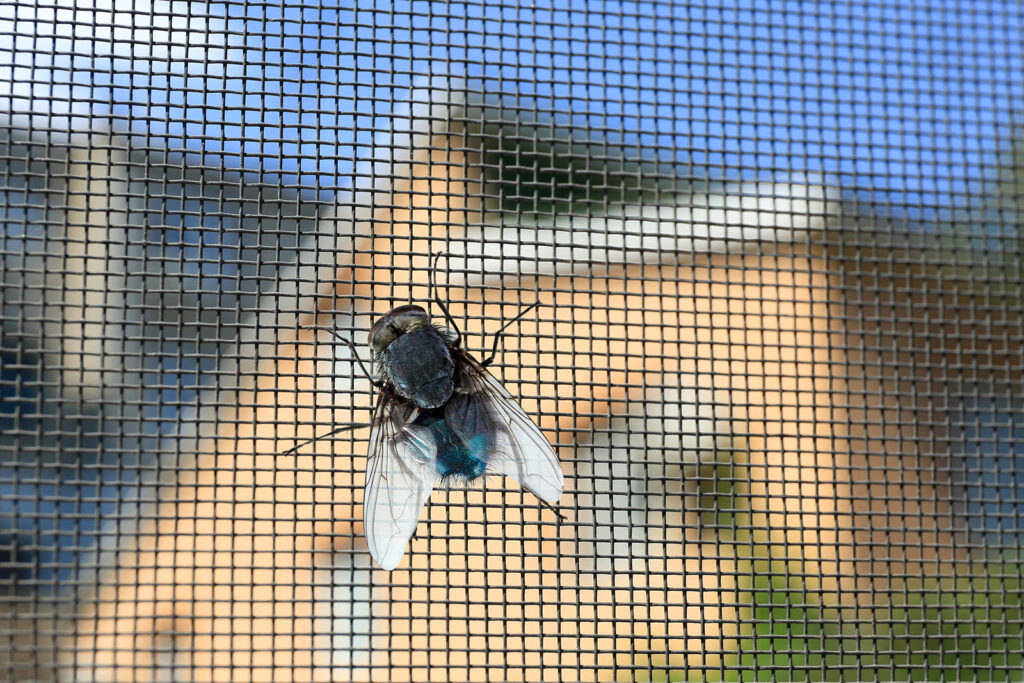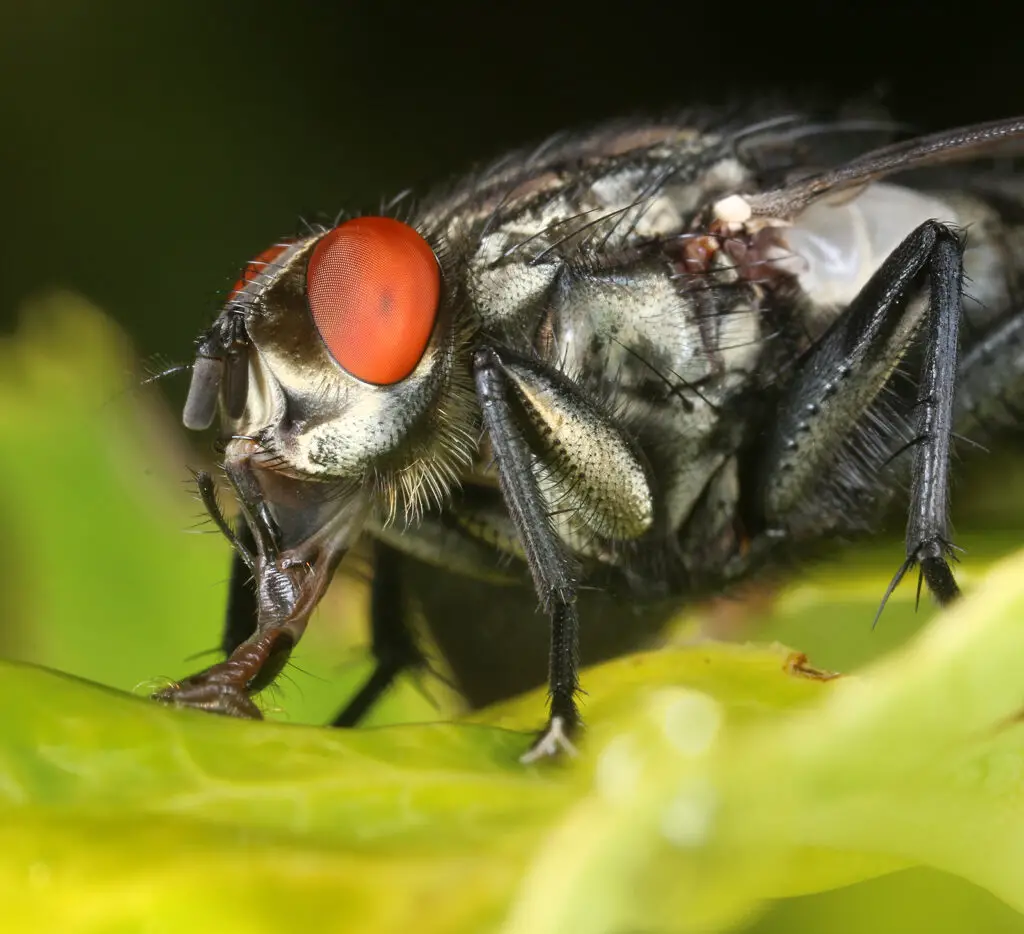
When you step outside on a warm summer night, you might notice tiny lights dancing in the darkness. These natural glimmers come from a fascinating group of insects that have the unique ability to produce light. This phenomenon, known as bioluminescence, is especially known in fireflies, capturing the hearts of many with their twinkling displays. Yet, these enchanting creatures aren’t the only insects that can light up the night.
You may be curious about the other luminous insects that share this trait. Beyond the fireflies, several other invertebrates exhibit bioluminescence. From the enchanting glowworms that light up cave systems to the flashing signals of certain click beetles, a variety of species use light for communication, predation, or defense. As you explore the night’s natural light show, you’re actually glimpsing into a complex world of insect interaction, where light signals are a language of their own.
Bioluminescent Insects
As you explore the night, you’ll find a variety of insects that create their own light through a process called bioluminescence. These living lanterns use chemical reactions to produce light within their bodies, offering a fascinating glimpse into nature’s ingenuity after dark.
Fireflies
Fireflies, or lightning bugs, showcase a mesmerizing light show on summer evenings. Their ability to glow comes from a chemical reaction occurring in specialized cells in their abdomen, involving a substance called luciferin and the enzyme luciferase. Each flash is part of a complex language of luminescence unique to each species, primarily serving as a means of communication and mate attraction.
Glow Worms
Contrary to their name, glow worms are not actually worms. They are the larval stage of insects like the Phrixothrix beetle. What’s remarkable is that glow worms possess distinct light organs and can sustain their glow, unlike the intermittent flashes of fireflies, which they use to attract prey. The fascinating glow of these creatures can be seen adorning cave walls or in forest undergrowth as they lure in unsuspecting insects.
Behavioral Patterns
In your observations of nocturnal insects, you’ll notice that their behaviors are heavily influenced by light. Two specific light-induced behaviors stand out: complex courtship displays and strategic predator evasion tactics.
Courtship Displays
Many insects, like fireflies, use bioluminescence as part of their courtship rituals. Fireflies, for instance, create patterns of flashes to attract mates. Each species has a unique flashing signal that ensures they attract the right partner. So, when you see a firefly light up, they’re often in the middle of a high-stakes game of love.
Predator Evasion
In contrast, some insects use light to avoid becoming someone else’s love interest—or rather, dinner. Moths may zigzag wildly around lights to confuse predators, a behavior that can leave you baffled as you watch. It’s believed that lights resemble the moon, which moths have historically used for navigation. Yet, when they encounter artificial light, their natural navigation system gets disrupted, leading to their erratic flight patterns.
Habitats and Distribution
You’ll find that many insects which emit light, commonly known as bio-luminescent insects, thrive in a variety of environments across the globe. These fascinating creatures are widely distributed but tend to favor warm and humid habitats.
Here are a few common habitats:
- Tropical rainforests: Here, you might encounter a myriad of bio-luminescent insects, with fireflies being a famous example. They use their light as a means of communication.
- Wetlands and marshes: These areas often provide the perfect conditions for certain species of fireflies and other light-emitting insects.
When exploring these habitats, consider the following:
- Fireflies (Lampyridae) are found in temperate and tropical environments. You recognize them by their intermittent flashes during twilight as part of their mating ritual.
- Insects attracted to artificial light, such as moths, can be found in urban areas with street lamps and path lights. However, this can disrupt their natural behaviors.
- Insects that utilize bio-luminescence, like certain beetle species, are not just limited to forests or wetlands but also inhabit gardens and fields where they can find ample food and shelter.
Each species has adapted to their home environment, and their distribution often correlates with the availability of food, presence of predators, and the specific conditions necessary for their biological light production. Keep in mind while you’re out in nature, your own backyard might be a viewing spot for these glowing marvels after sunset.
Frequently Asked Questions
In this section, you’ll find answers to common questions about nocturnal insects that light up the sky. Learn about the fascinating world of bioluminescent bugs and the unique ways they glow after sundown.
Which insects produce light while flying during nighttime?
Some insects, such as fireflies and some species of click beetles, have the ability to produce light biologically through a chemical reaction as they fly during the night.
Can you name some bugs that exhibit bioluminescence?
Certainly, bugs like railroad worms and glowworm beetles project their own light. These fascinating insects use bioluminescence as a means to attract mates or deter predators.
What types of flying bugs emit a white glow after dark?
Fireflies are well-known for their distinctive white glow. While you may be familiar with their twinkling lights during summer evenings, it’s their chemical light, a type of bioluminescence, which enables this enchanting display.
Are there any insects known to have a green luminescence?
Yes, there are. Several species of fireflies have a green luminescence that they use as a signal to attract potential mates in the complex language of light.
How do fireflies differ from other night-time illuminating insects?
Fireflies are unique because they can control their light, using it for communication and mating. They turn their light on and off in patterns that are specific to their species, which sets them apart from other glowing insects.
Could you identify a terrestrial bug that glows in the dark?
Glowworms are terrestrial bugs that are known to glow in the dark. Specifically, the larvae of the glowworm beetle emit a constant green light from their bodies to attract prey into their traps.
Driven by a passion for those tiny creatures that rule our world, we at Bug Domain strive to be your go-to resource for information on insects.



